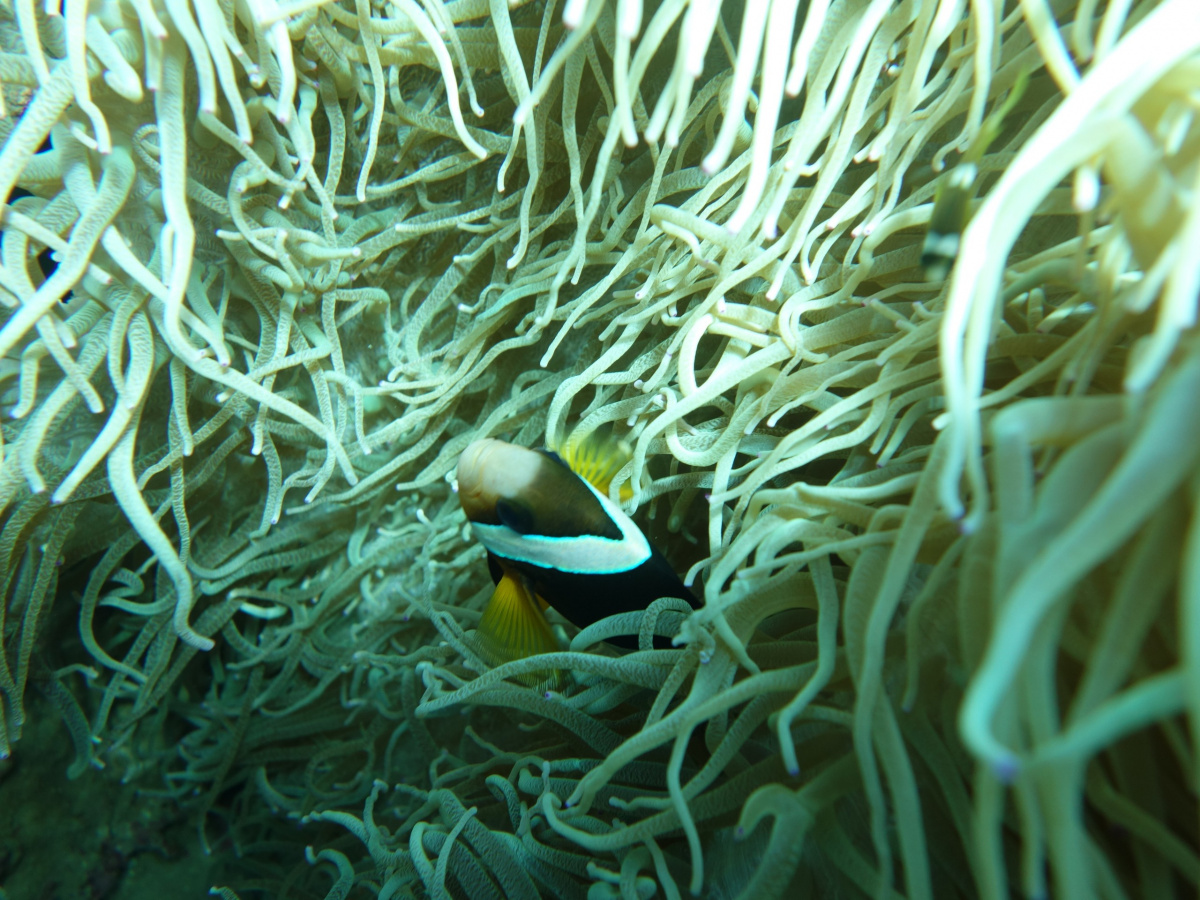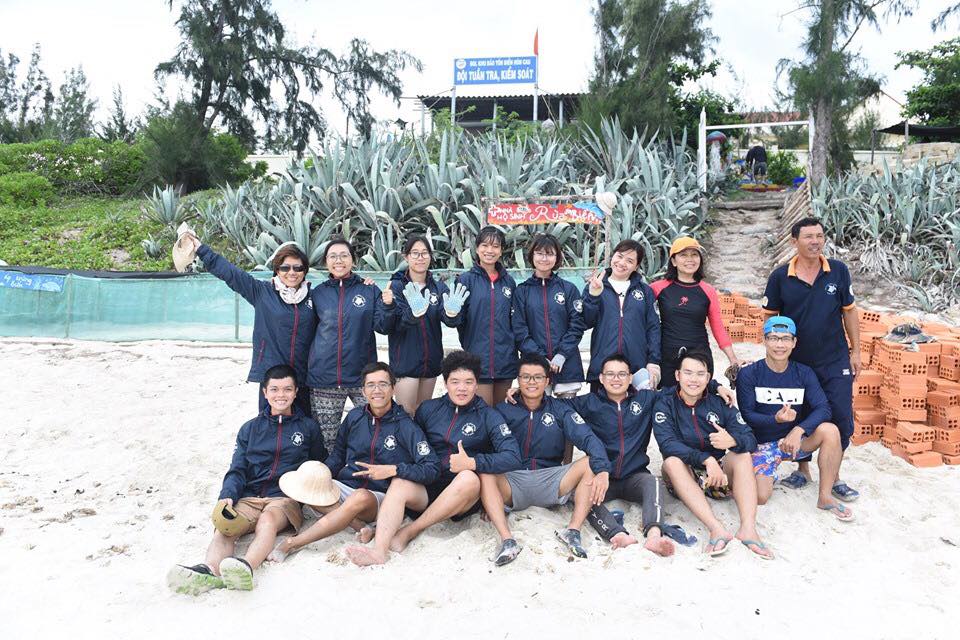The IUCN Green List, what it is and why it’s useful
Designating an area as legally protected is a key step toward creating a safe haven for threatened habitats and wildlife. But it needs more than that. Protected areas must also be effectively managed so that countries can deliver on their national and global biodiversity targets. And at a time of growing scrutiny over human rights and nature conservation, they must be fairly governed and managed. But how can you tell if a protected area is effective? How can we help improve all types of protected and conserved areas to deliver successful outcomes for people and nature?
This is where the global IUCN Green List Standard, or GL, comes in. The GL is a robust verification system to measure successful conservation outcomes. It’s analogous to the IUCN Red List of Threatened Species but for sites rather than plants and animals. Unlike the Red List, which measures extinction risk, the GL measures improvements and good performance in protected area management.
Given the huge number and diversity of protected areas, designing the GL was a complex process that was based on an exhaustive consultation with hundreds of protected area specialists world-wide. The first draft of the GL standard was prepared in 2012 and quickly attracted government support. The GL was launched at the World Parks Congress in Sydney in 2014. At the 2016 UN Convention on Biological Diversity COP in Mexico, Decision XIII/2 was ratified, which states, “promote the IUCN Green List of Protected and Conserved Areas as a voluntary standard to encourage protected area management effectiveness”.
Today there are 69 GL sites in 16 countries. Another 600 sites in 60 countries are in the pipeline. In Asia, the GL is being applied in Bhutan, PRC, Indonesia, Lao PDR, Malaysia, Republic of Korea, and Viet Nam. In Asia, 20 sites have been Green Listed: 15 in China, three in South Korea, and one in Viet Nam (the Van Long Nature Reserve, the stronghold of the Critically Endangered Delacour’s langur).
The GL Standard describes successful conservation with four components and 17 guiding criteria. Each criterion is accompanied by a set of context-specific indicators and means of verification. While the criteria are fixed, the indicators can be customized to local conditions. They are also translated into local languages to assist interpretation.
Assessing a site against the GL criteria is a 3-step process. The first step is the Application Phase when protected areas submit an application form and provide documentation in response to five basic GL indicators.
The second step is the Candidate Phase when protected areas respond to all the criteria as the basis for diagnosing gaps and preparing plans to fill these gaps prior to an independent evaluation of the site’s compliance with the standard. These two phases typically take anywhere from six months to two years to complete. If the evaluation is positive, it enters the third phase, becoming a GL site for five years. During this period, a mid-term spot-check will determine whether the site should maintain its GL status.
Significant support for the GL in Viet Nam comes from the USAID Biodiversity Conservation Activity, an ambitious WWF-led initiative to improve protected area management and wildlife protection in 21 protected areas in the Greater Annamites. IUCN is leading the GL component. Currently, eight protected areas are in the GL process: Cuc Phuong, Vu Quang, Phong Nha-Ke Bang, Dong Chau-Khe Nuoc Trong, Bach Ma, Song Thanh, Bi Doup-Nui Ba and Cat Tien. Of these, all but Vu Quang, and Song Thanh have completed the Application Phase and are now in the Candidate Phase. Of the six sites in the Candidate Phase, Cat Tien has been evaluated by the Expert Assessment Group for the Green List (EAGL) and will hopefully be approved as Viet Nam’s second GL site at the next global GL committee meeting.
With GIZ and private sector funding, IUCN is supporting the GL of two national parks in Lao PDR: Nakei-Nam Theun, which forms the catchment of the Nam Theun 2 hydropower dam, and Hin Nam No, which in February 2023 the government nominated as the country’s first natural WHS. The first backs onto Vu Quang and the second onto Phong Nha-Ke Bang.
Based on this experience, we have observed the following benefits:
- The GL process is an important capacity building experience for staff that have had little if any exposure to international performance standards or indeed to any performance standards at all. The key performance indicator for protected areas in Viet Nam is forest cover. Their reports typically have little to say about populations of globally threatened wildlife or community relations. The GL obliges staff to be explicit about social and conservation outcomes, which increases transparency and accountability.
- Organizing the documentation to provide the evidence to satisfy the GL indicators can be a challenge, especially for protected areas with limited staff capacity. Even a well-funded site like Nakei-Nam Theun has problems retrieving files across multiple laptops and folders. However, once the files are organized in an online portal that uses a consistent and logical structure, they can be much more easily accessed for other reporting purposes.
- When two adjacent sites undergo GL, the gap analyses and action plans allow for weaknesses to be identified and for joint action plans to be prepared and implemented. This is particularly important for transboundary sites where cooperation is essential when it comes to law enforcement, surveys, tourism management, infrastructure development, and other aspects of protected area management.
- Many protected areas aspire to be recognized as WHS but very few meet the high standards of outstanding universal value, management effectiveness, and integrity. For the rest, the GL provides an internationally recognized measure of quality that can be used for marketing and promotion. GL can be seen as a stepping stone toward WHS designation.
- The GL is a much more comprehensive measure of management effectiveness than the Management Effectiveness Tracking Tool (METT). It is also much less subjective. It therefore provides a more consistent and globally comparable measure of management effectiveness for donors such as the GEF and GCF to use when financing protected areas.
The time needed to undertake a diagnosis against the GL Standard is worthwhile based on experience to date across Asia. It provides an international benchmark for management performance that is quantitative, consistent, and covers all dimensions of area-based conservation.
In Viet Nam, we have found that the GL is particularly attractive to young sites such as Song Thanh and Dong Chau-Khe Nuoc Trong that are keen to develop a roadmap toward an international good performance standard. If the GL were institutionalized within MARD, it would give central government the ability to monitor performance across Viet Nam’s highly decentralized national protected area system. Lastly, the GL is constantly evolving in ways that make it easier to use.



